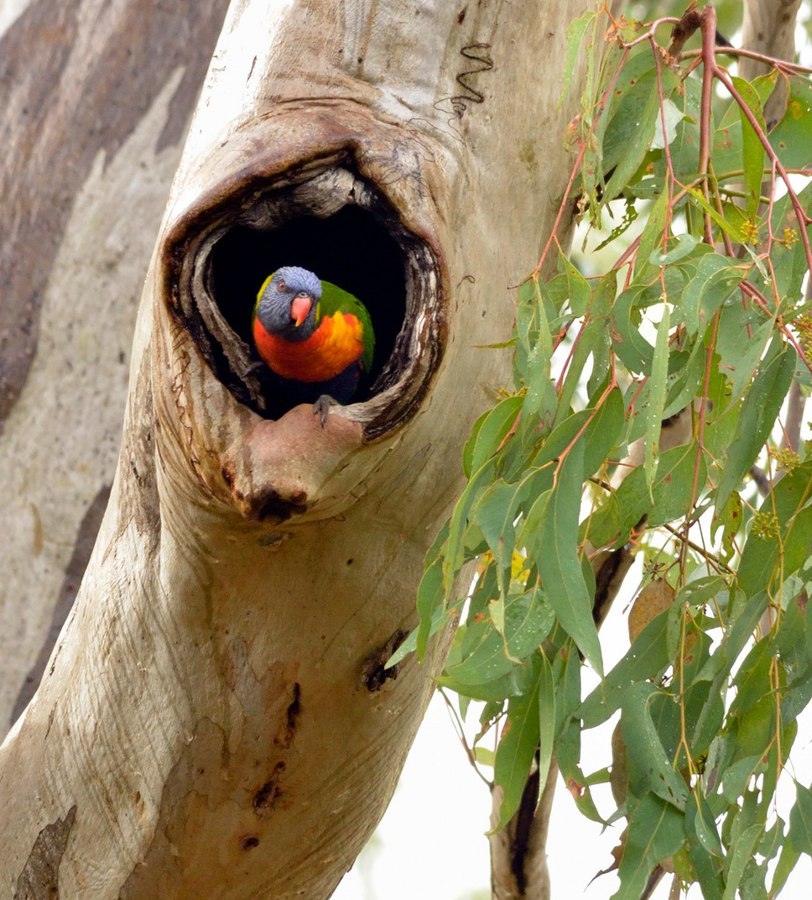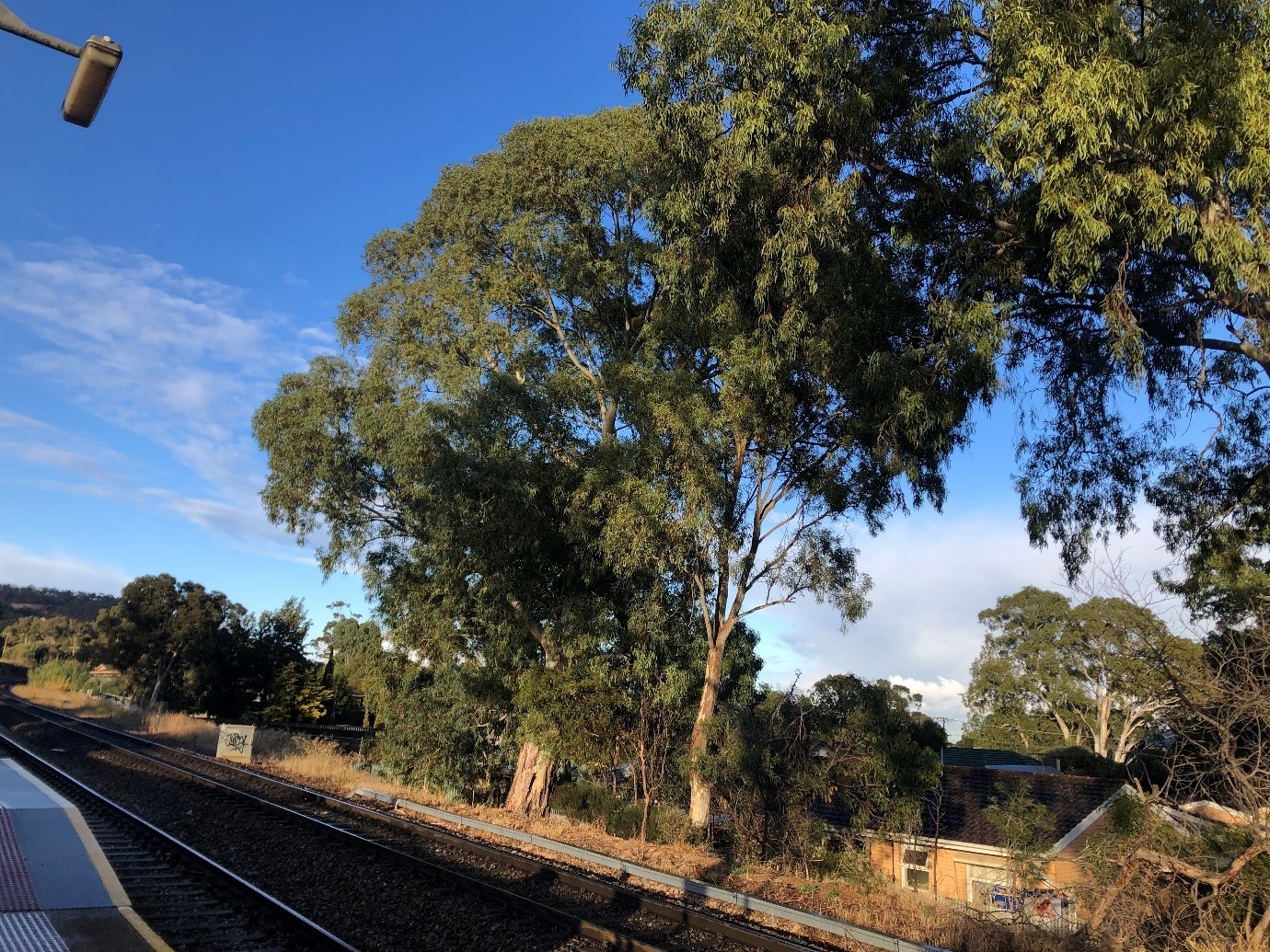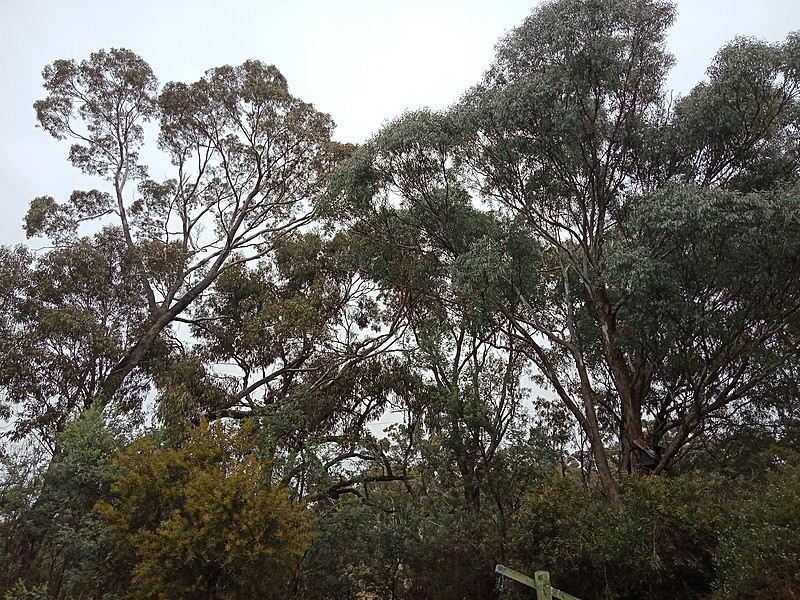Metropolitan Adelaide has 16.7% coverage of trees taller than 3 metres. Here’s 7 reasons to protect these mature trees in your local area.

Trees play an important role in cooling our cities, in fact 16.7% of metropolitan Adelaide has trees over 3 metres in height, important in providing significant shade along our streets, in our parks, and our yards.
While there are plans underway to increase our numbers of trees and urban green spaces across metro Adelaide, there are also benefits in maintaining mature trees that already exist.
Here’s 7 reasons to protect mature trees in your local area:

1. Save animal high-rise homes
Our largest trees – gums in particular – have well established hollows which create the perfect homes for local natives like possums and birds.
These hollows provide protection from predators and the weather, and are a safe place for roosting and breeding. Hollows can take 50 – 200 years to form, which is why it is so important to protect our mature trees.
For many species, home becomes a familiar place. Take yellow-tailed black cockatoos, for example. These birds have high site fidelity, meaning they return to the same place year to year – so their established hollow is very much home!
You can help look after mature trees with hollows by:
• watering them in dry conditions
• keeping tools like lawnmowers away from their trunk
• using mulch to protect them from the weather
• learning more about the tree species to uncover any specific needs.

2. Save ground-level homes for animals
It is not just hollows that provide homes for our native species. Trees create important ground-level habitat for animals via dropped bark, branches and leaves. Their canopies can also provide cover for smaller plant and animal species that need protection from the weather to flourish.
Smaller critters, like reptiles and insects, use the ground-level habitat to move around so that they can’t be seen by potential predators.
You can help protect this habitat by:
• leaving fallen branches as you found them
• asking "where was this sourced" when purchasing supplies like rocks or logs for your own garden, to make sure it wasn’t moved from where it was providing habitat.

3. Prevent soil erosion
Tree roots have an important function in stabilising soil, which helps to prevent erosion (significant soil movement/loss).
Soil erosion has an impact on the soil’s nutrients, salinity, and structure. It also leads to increased pollution in rivers because the sediment (parts of soil) can clog waterways, impacting on fish and other species.
Tree trunks and canopies provide a physical barrier from rain and wind to help protect the soil underneath. Trees capture rain on their leaves, reducing the impact on the soil.

4. Cool our places in hot weather
Large, established trees provide great shade in hot weather.
It is not just their shade that provides a cooling effect. Trees can soak up radiation from the sun and then use the energy for evapotranspiration. This is where the sun’s rays hit the tree’s leaves, causing water to evaporate out of them, which then cools down the surrounding air. It is a bit like how sweat cools our skin!
In trees with a large canopy (a lot of leaves, like with mature trees), this means a lot of evaporation, which is effective in cooling the area.
5. Reduce noise in our suburbs
Trees can even help reduce the impacts of noise pollution. Their leaves have a muffling effect, minimising noise. This can have a significant impact on the level of sound from vehicles and traffic.
This is good for our wildlife too, who may otherwise not nest in areas with too much noise. The trees help provide an environment they can rest in.

6. Natural protectors
Mature trees provide a windbreak to reduce high wind speeds and provide protection for homes and gardens.
While sometimes used for rural properties to provide protection to livestock and crops, windbreaks are also useful in metropolitan areas where they can reduce wind speeds, limit dust and sand being blown into buildings, and shield plants that are more susceptible to wind damage.
These natural protectors also come with a range of other benefits, like reducing soil erosion, providing privacy through screening, and decreasing dry land salinity, which is a build-up of salt from rising groundwater.
And, windbreaks have the added benefit of creating more homes for wildlife. This includes a variety of natives, including the SA blue gum (Eucalyptus leucoxylon), Mallee Box (Eucalyptus porosa) and Golden Wattle (Acacia pycnantha). To discover varieties local to your area, try using the plant selector tool from the Botanic Gardens of South Australia.

7. Better absorption of carbon dioxide
Did you know that it can take some trees up to 10 years before they start absorbing more carbon dioxide than they emit?
Trees take in carbon dioxide emissions (emissions that are driving global heating) and release out oxygen through a process called photosynthesis.
Trees store carbon dioxide in their trunks, and release it again when they break down. Younger, smaller trees can’t absorb and hold as much carbon. But as trees mature, they can absorb more.
How are Adelaide’s trees being tracked?
We are working with councils across the metro Adelaide area, along with the Department for Infrastructure and Transport and Wellbeing SA to provide an update on our city’s mature tree levels.
This is the second greenery data capture for metropolitan Adelaide, with the first tree data capture carried out in 2018-19.
This data is now available.
Want to know more?
Are you interested in understanding how tree canopy and green spaces are being improved around Adelaide?
Discover more in our Urban Greening Strategy. The strategy aims to increase metropolitan Adelaide’s trees over 3 metres and reduce hard surfaces across the city and suburbs. The new data capture is a key part of its development.